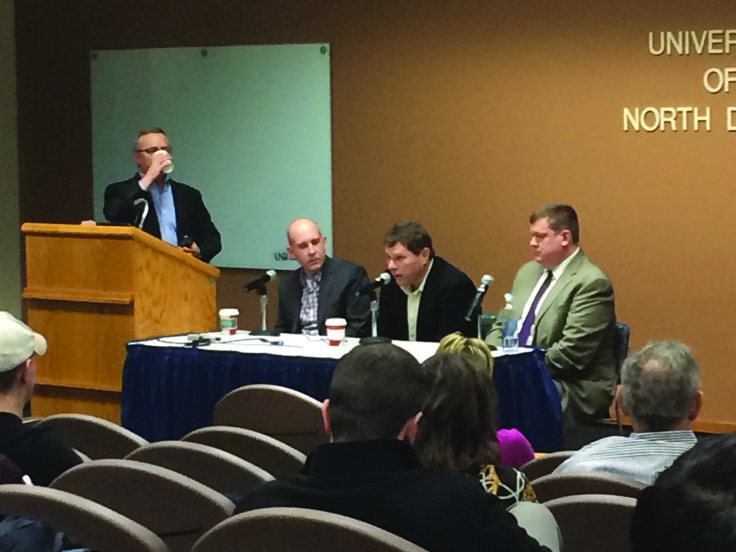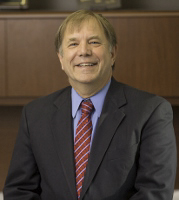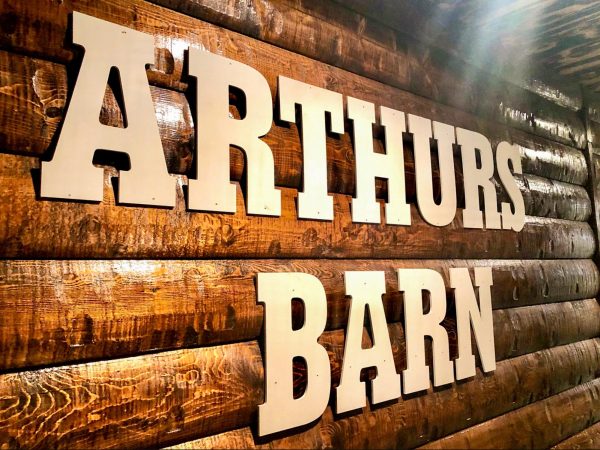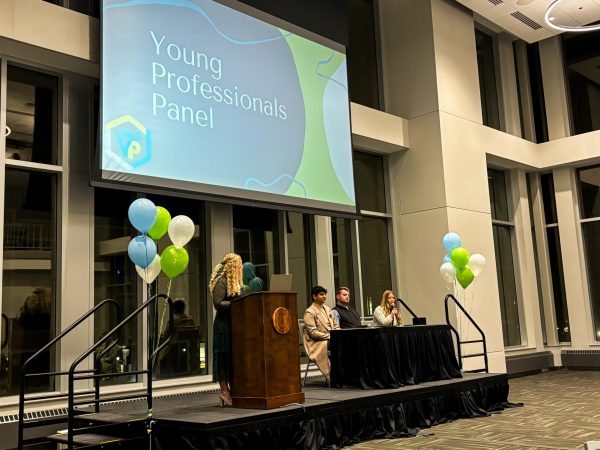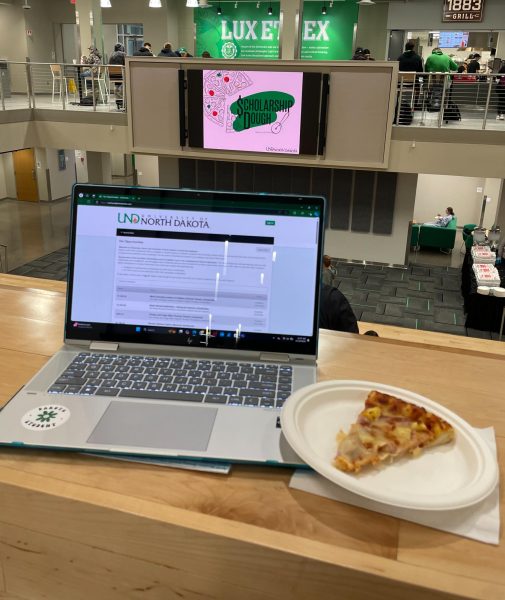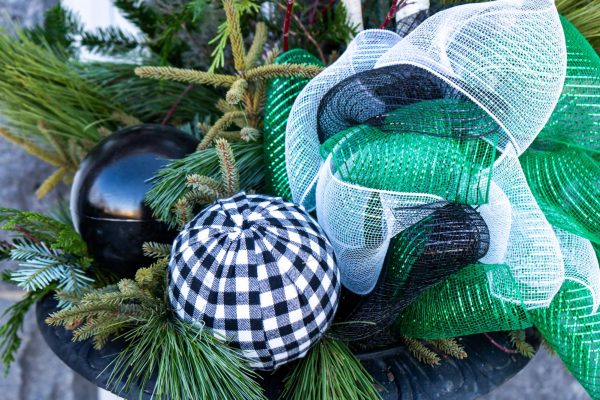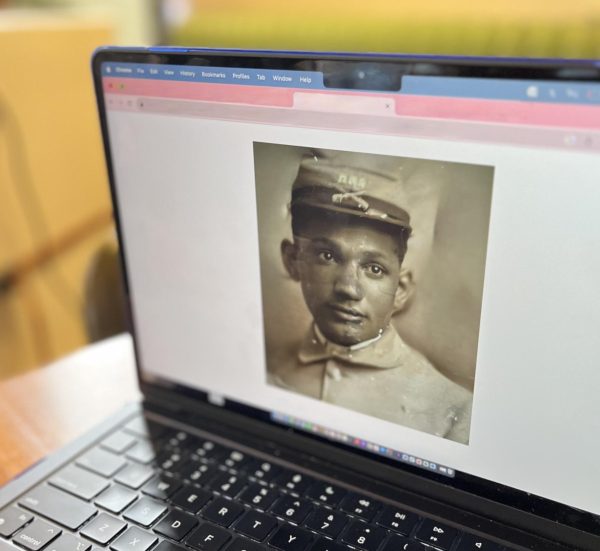Campus holds IP seminar
A seminar on intellectual property at the university and beyond was held in the Memorial Union lecture bowl Thursday. Among the topics of discussion were what type of intellectual property an inventor should go after and what defines an inventor.
Michael F. Moore, associate vice president of intellectual property commercialization and economic development at UND, presided over a panel consisting of three IP attorneys. Included in the panel was North Dakota University System Associate General Counsel Jason Jenkins.
“It really starts with identifying what you have,” Jenkins said. “Patents protect inventions. Trademarks protect brands. They protect integrity. They protect a company’s goodwill.”
He went on to describe copyright as the protection of copyright as the protection of art, music and literature.
“The first job of an IP attorney is to assess what you have,” he said.
Assessing what someone has is nothing new to David Black, patent attorney with Schwegman, Lundberg & Woessner in Minneapolis.
“A lot of folks come to me. They’re fresh in the inventing world. They say, ‘What’s the first step?’” Black said. Funding, objective and marketplace are the first things he’ll ask about. In some cases, a provisional application may be a good option.
Black said many people view provisional applications as “mini patents.” While they include the same information as a patent, they’re only good for 12 months and won’t mature into a patent unless certain steps are taken.
“If your provisional application is not robust, it might not be worth the piece of paper it was written on,” Black said.
The very definition of inventor, in regards to patents, also was discussed during the seminar.
“An inventor needs to have some kind of a contribution to the concept,” Black said. “If there’s no changes to the claims after we throw ‘Curly’ out of the boat, then ‘Curly’ was not an inventor.”
Keeping track of who did what is a good way to keep from having to question someone’s involvement in an invention.
“The consequence of being wrong on inventorship is dire,” Jenkins said. “If there’s a concern about recognition or contribution, we have ways to do it that don’t jeopardize the patent.”
One way to do this, he said, is by splitting revenue with those who contributed but aren’t on the patent.
Jamie Hutchinson is a staff writer for The Dakota Student. He can be reached at [email protected].


